Scotland’s Lesser-Known Canal
Almost everyone planning a sailing trip in Scotland, or even land-based sightseeing, has heard of the Caledonian Canal. Far fewer, however, are aware of another Scottish canal — smaller, less visited, yet equally fascinating. This is the Crinan Canal, often called the most beautiful shortcut in Britain. Today, we’re taking you there!
When we discovered the Crinan Canal during our route planning, it immediately sparked our curiosity. Like most tourists, we had never heard of it before. Overshadowed by the Caledonian Canal, it rarely attracts wide attention. Yet we prefer places off the beaten track: quiet, intimate, and far less crowded. That made the choice easy. The only task left was to check the minimum requirements for yachts. The Crinan Canal is small, so larger vessels, especially with deep draft, cannot pass through.
The Story Behind the Crinan Canal
From Trade Route to Leisure Passage
The canal was built in the late 18th century as a strategic link between Scotland’s west coast and the Clyde estuary. It opened in 1801 and shortened the route for traders and fishermen, who had previously sailed around the long, dangerous Mull of Kintyre. Interestingly, even at its opening, many ships were already too large for the passage. From the start, the canal mainly served smaller transport vessels and fishing boats. This meant it never became a busy trade artery. Instead, it kept a quiet, almost personal character. Today, it attracts recreational sailors, kayakers, and tourists in search of a peaceful journey through Scotland’s landscapes. The Crinan Canal has 15 locks and 7 bridges. The entire route measures only 9 km.
Why the Crinan Canal Still Matters for Sailors
At first, our decision to sail the Crinan Canal was simply curiosity. It seemed like an extra attraction on our way north. We came to truly appreciate its value only months later, when returning south. We had not planned to use the canal again. But there was no weather window to round the Mull of Kintyre. Safe anchorages were scarce, and harbors limited. For a while, we seriously considered another Crinan transit. In the end, we chose to go around the Mull. Only then, in those seas and weather, did we fully understand why someone once decided to build this canal.
Crinan Canal – Practical Sailing Tips
In this article we’ll share practical tips for passing through the Crinan Canal. We’ll tell you how to prepare, what to expect in the locks (still operated by hand!), and what’s worth seeing along the way. As always – we’ll also be honest about the things we didn’t like.
Scottish Canals, the company that manages all Scottish canals, has prepared excellent reference materials, including guides on transit and lock operation, so we won’t rewrite them here. We’ll also skip details like opening hours – you can easily find those on their website. Instead, we’ll focus on what we consider truly important and share our own experience, which sometimes turned out to be different from what the leaflet said.
Crinan Canal – Boat Size and Draft Restrictions
Before entering the Canal, you need to check if… you will actually fit. The canal is very narrow in places, and the locks are small, so not every yacht can pass through.
Official Dimensions of the Crinan Canal Locks
As for boat parameters, the Crinan Canal has its limits. The maximum lock dimensions are: length 26.8 m, width 6.1 m, draft in freshwater 2.4 m, and air draft 29 m. Remember, though, that the water level in the canal is not constant – during droughts, the depth can be much less. That’s why it’s always worth asking the sea lock staff about current conditions.
Draft in Freshwater – What You Need to Know
One more thing: in freshwater, the boat sits lower than in saltwater – you should add about 10 cm to your usual draft.
If your boat has a draft of more than 2.2 m, you should contact the Canal staff at least 24 hours before your planned transit to confirm current conditions. At the moment (2025) there is an extra restriction – the maximum draft allowed is 2 m, introduced because of drought. Our yacht draws 1.85 m in saltwater, and with about 10 cm added for freshwater that makes 1.95 m, so we started to have doubts.
Before buying a licence, we called the canal office to ask about the situation, and were told there should be no problem. Reality, however, turned out differently – we’ll tell you more about that later in the article. You can check current restrictions here; the same page also has phone numbers for the canal staff. It’s definitely worth calling before buying your licence to confirm the conditions of you’re at the limits.
Real-World Experience With Yacht Size
As for yacht length, there are no official limits apart from the lock dimensions given above. From our own experience, though, even with our 39-foot Malo it sometimes felt pretty tight in the narrow, winding sections of the canal – though of course that’s subjective. On the other hand, we also know of 45-foot yachts that managed the passage. In practice, draft is usually the main limiting factor.
Canal Formalities and Licences
Licence Options for the Crinan Canal
To pass through the Crinan Canal – just like any other canal in Scotland – you need to buy a licence. There are several options to choose from. If you’re planning a one-way transit, a 4-day Crinan Canal Visitor Licence is enough. As of September 2025, it costs £16.20 per metre of yacht length. Yet another example of how owning a smaller boat can really lower your cruising costs – we wrote more about this in our article What Boat to Buy?
If you’re planning to sail both ways through the Crinan Canal, it’s better to get a return licence – the Crinan Canal Visitor Licence Return. It covers 4 days for the outward passage and 4 days for the return, is valid within the same calendar year, and costs £28.75 per metre.
In our opinion, 4 days in the Crinan Canal is plenty of time to complete the transit at a relaxed pace. Overnight mooring at pontoons along the canal is also included in the price.
All-Scotland Licence: A Combined Alternative
We approached it a little differently. Since right after Crinan we were heading into the Caledonian Canal, we bought the 14-day All Scottish Canals – Visitor Licence, at £40.60 per metre. That way, we paid less overall and at the same time gained more days to enjoy both canals without rushing.
For comparison: buying separate licences – for Crinan (£16.20/m) and for Caledonian (£28.60/m) – would have cost £43/m in total. This would have given us 11 days in total: 4 days in the Crinan Canal and 7 in the Caledonian. By choosing the 14-day option, we paid £40.60/m and had 14 days for both canals. We used them fully – 9 days in the Caledonian and 4 in Crinan.
The only downside of this option is that the 14 days start running continuously from the moment you enter the first canal. This meant that the 50-mile passage between Crinan and the Caledonian had to be done fairly quickly, because the licence clock was already ticking. Even so, for us this option worked perfectly.
Costs, Time Limits, and Extras
Shore power is an extra cost – £5 per day.
Above we described the most popular licence types, but you’ll find more options on the Scottish Canals website: longer licences, extensions for single days (max 3), or even the possibility to enter just the Crinan basin without transiting the whole canal. All variants are listed there – and you can buy the licence online. Just remember to do it at least 24 hours before your planned entry.
Every canal user must have insurance covering third-party liability for at least £1 million.
Preparing Your Yacht for the Crinan Canal
Lines and Crew
As with any lock transit, you’ll need mooring lines of adequate length (at least 12 m) and crew ready to work. But don’t worry if you don’t have much experience – just study the instructions available here. It really isn’t difficult. The canal staff are very helpful and friendly, and their goal is to make sure every yacht passes through the locks smoothly. Crews from other boats often lend a hand as well. We even met sailors who managed the canal entirely solo – which is why we don’t think it’s necessary to bring extra crew just for the locks.
Protecting the Hull in the Locks
Besides preparing your lines, it’s also worth protecting the yacht properly. The locks in the Crinan Canal are very small, so it’s best to remove anything sticking out – a dinghy hanging on the stern (though we didn’t!), a flagpole if it protrudes, solar panels on guardrails, or any gear that could get damaged against the walls. And those walls aren’t pleasant – dirty, rough, covered with algae and, worse, barnacles.
The basic protection is of course fenders. But we recommend removing the covers (if you use them), because this transit won’t be kind to them – unless you accept they’ll be sacrificed. A great trick is to hang a thick, heavy piece of canvas under the fenders, ideally one that won’t flap in the wind. This gives extra protection for the hull, since sharp bits on the lock walls often dig into the fenders and can later scratch the gelcoat.
Water and Fuel in Crinan Canal
As part of your preparations, we recommend topping up your water and fuel tanks so they last for the entire canal transit. In theory, both water and fuel are available at designated points – at least according to the official website. Our experience, however, was different. Throughout the passage we couldn’t find a single place to refill water. The staff couldn’t point us to a working tap, and where we did find one, it was usually switched off. We didn’t look for fuel, so we can’t comment on its availability. Only in the Crinan basin, just before the final lock on the north side of the canal, were we finally able to fill our tanks.
Starting the Transit
The Sea Lock – Ardrishaig or Crinan
Once you have your licence and both crew and yacht are ready, it’s time to enter the canal. Our route took us from south to north, so that’s how we’ll describe it. Before the first sea lock (Ardrishaig in our case) there’s a long pontoon where you can wait for locking, and even spend the night. If you’re coming from the north, though, there is no pontoon before the Crinan lock – yachts have to wait at anchor.
Sea Lock Restrictions and Water Management
As of July 21, 2025, there are no restrictions on using the sea locks, but it’s always best to check in advance – either on the canal’s website or by calling the staff. Restrictions do happen. In our case, we had to wait for the next high water, because the drought meant the staff avoided locking when there was a big level difference between the canal and the sea. That’s when water loss is greatest.
It seems that in summer the restrictions were lifted, most likely because of the higher number of yachts. If locking had been limited to only twice a day, the entire canal passage would have been practically paralyzed.
Crinan Canal Double Lockings
There is, however, another rule – single yachts are not locked through alone. The reason is the same: saving water. In summer this is usually no issue, since traffic on the canal is heavy. But we were sailing in May and sometimes had to wait for another yacht to pair up with before we could pass through a lock. That disrupted our plans – but more on that in a moment.
The Locking Process
Staff Support vs. Crew Responsibility
As in most canals, locking is done first uphill, then downhill. Reading the guide on the website, you might get the impression that the entire lock operation is up to the crew. Nothing could be further from the truth!
Despite the detailed instructions (which are of course worth reading), canal staff accompany you throughout the transit. And it makes sense – if sailors opened locks on their own, without coordination, chaos would quickly take over. The staff not only handle the locks but also manage yacht traffic on the narrow stretches where two boats can’t pass side by side, and they open the bridges.
We won’t go into the technicalities of lock operation here – plenty of material already exists on that. Sailing publications, such as Expert Sailing Skills by Tom Cunliffe, dedicate full chapters to the subject. Instead, we’ll focus on practice and what is specific to the Crinan Canal.
Handling Lines When Locking Up
When entering a lock, first make sure you don’t cross the Cill markings on its walls. That’s your guarantee the gate won’t trap you 🙂.
During the upward locking process, pass a line with a loop at the end to the lock staff or to your crew member standing ashore. For us, the best method was handing the loop with a boathook, though throwing it works fine too (if you can throw far enough).
Be careful, though, that an overly eager tourist doesn’t grab your line – this job really should be left to the lock staff or your own crew.
Line adjustment is done only from the deck, never from the shore. In the Crinan Canal, you also don’t use running lines which avoids the risk of a line jamming or snagging on something on land when being released.
Locking up is a slow, noisy, and rather turbulent process – especially for the yacht in the first position. The water enters with great force, so lines must be trimmed constantly (the bow line in particular). Otherwise, the yacht will be pushed backward – and right behind your stern there’s another boat.
If you’re the second yacht, you need to watch that you don’t drift toward the rear gate of the lock. When two yachts enter together, one moors on the left wall, the other on the right.
Handling Lines When Locking Down
Locking down is much calmer and quicker than going up. Here, line work is especially important – if you don’t ease them in time, there’s a risk the yacht could end up “hanging” against the lock wall! Such cases are extremely rare, and I am sure the staff would certainly react before it came to that. Still, remember the yacht drops fairly quickly, so lines must be eased smoothly and attentively.
Manual Lock Operations
If your crew is large enough, it’s worth sending one person ashore to help with locks and lines. It’s an adventure every bit as exciting as staying on board! The huge lock gates are heavy – usually it takes two people to move a single gate, so every pair of hands really counts. Add in the line handling, and even with canal staff present at every lock, there’s no shortage of work.
In our case, with a crew of four, we rotated regularly so everyone had a chance to try opening those impressive gates. Since locks often come in series, the crew member walking the towpath usually covered the entire stretch on foot. Just don’t forget to pick them up before a longer passage – otherwise they might not make it to the next lock in time! And they won’t thank you for the unexpected jogging session 🙂. Boarding or dropping off someone is easy from the pontoons located just before or after a flight of locks.
Between the Locks In Crinan Canal
Between one locking and the next – which can be quite a handful with a small crew – there’s finally a moment to relax. Not much, though: the canal is only 9 km long, and along this stretch you’ll find no fewer than 15 locks! Still, it’s worth using those short breaks to rest and enjoy the idyllic Scottish scenery: lush greenery and the calm of the surrounding countryside. Sailing is out of the question here – the canal is far too narrow, so the entire route is done under engine.
Plans vs. Reality: Cruising the Crinan Canal
From a Leisurely Plan to a Forced March
We started out with a carefully thought-out plan: how many days we wanted to spend in the canal, where to overnight, and what to see along the way. And this is where our biggest complaint to Scottish Canals comes in. Because of the rule that locks are always worked in pairs (no single-boat lockings), moving at your own pace turned out to be practically impossible.
All the time, we felt pressured to push on and link up with other single boats at the next lock. The official guide clearly encourages you to take it slow and enjoy the four days included in the licence, but in practice it was a different story. Instead of savouring the journey, we constantly felt hurried along.
Stopping for a short break at one of the pontoons and continuing later wasn’t really an option. Once we were caught up in the imposed rhythm, we had to keep going with it.
Overnighting in Cairnbaan
As planned, we overnighted in Cairnbaan, but overall we completed the transit much faster than we had hoped. Our original idea of drifting through the canal, pausing for coffee and lunch, and soaking up the views quickly fell apart.
Cairnbaan itself is a tiny settlement, just a handful of houses. But it does offer basic facilities for sailors – toilets and showers. Water was supposedly available too, but to our disappointment, the tap was turned off.
The Rush In Crinan Canal Continues
The next day brought the last uphill locks, followed by the downhill section. Again, we had to move at a brisk pace, with little chance to slow down and enjoy the nature around us. From the very first lock after Cairnbaan, we had to rush – no lazy breakfast for us, because another yacht was already waiting in the lock, and the pressure to join them was obvious.
Somewhere in the second part of the canal (though I can’t recall at which lock exactly), we came across a little café where you could order coffee or ice cream while waiting. Sadly – the coffee we cannot recommend. It was the worst I’ve had in a long time, and in the end, it was poured into the canal itself.
Sailors who have run aground, and those… who lie about it
Pouring two mugs of coffee into the canal, unfortunately, did nothing to raise the water level. Not long after, we ran into another surprise. Keeping to the middle of the channel, we scraped the keel on the bottom. Clearly, the depth here was less than the advertised 2 meters… or perhaps our draft was a little deeper than we liked to admit. Luckily, it lasted only a split second and caused no damage. After all, as the saying goes: there are sailors who have run aground, and those… who lie about it.
Approximate location of this shoal is here.
Bellanoch Plans Fall Apart
For our second night, we had planned to stop at the pontoon just past Bellanoch Bridge, right by the little birdwatching hut. When researching earlier, I’d found online tips calling it one of the most charming overnight spots in the entire canal. Another plus was its proximity to the Moine Mhor nature reserve, which we hoped to explore that afternoon.
But what we found was a huge disappointment. The whole pontoon was taken up by two rusting ships which – judging by their state – had certainly not moored there yesterday. In practice, they completely blocked access for yachts using the canal. Only later did the staff quietly admit that they’d been struggling to remove them for quite some time. Since this information was never mentioned anywhere, our plans fell apart completely.
With the traffic flow pushing us on and no alternative berth available, we were practically forced to continue all the way to the end of the canal – to Crinan Basin. As a result, instead of four leisurely days, we were rushed through in just two. Many of our plans went unfulfilled, and our vision of slow meandering, with pauses to explore hidden corners, turned into a race from lock to lock.
Reflections on the Passage
Don’t get me wrong – the canal transit was still one of the most memorable experiences of the season. The stretches between locks, framed by lush trees with branches almost brushing our mast, or the misty corners shrouded in silence, will stay with us for a long time. It truly is a unique route.
I do feel the experience could have been even better without the constant rushing and if the information in the official guide—like mooring availability or water access—had been closer to reality.
I assume the problem is less noticeable in high season. With more yachts on the canal, there’s always someone to pair up with, which might make it easier to go at your own pace. What I’m describing happened in May, when traffic was light and the pressure to avoid single lock transits was very real. Maybe some of you have been through the Crinan Canal in summer? I’d love to hear in the comments if it felt different then.
What to See Along the Crinan Canal
Ancient History at Your Doorstep
To finish, let me share a few things worth seeing in the area if you happen to have free afternoons. This part of Scotland has been inhabited for at least 5,000 years, when the first tribes followed the retreating ice northward and settled on this fertile land. Traces of the Neolithic, Bronze, and Iron Ages, as well as later times, are still visible in the many monuments and ancient structures scattered across the landscape.
We were lucky to have friends with a car during our transit, which made exploring much easier. Without one, you’re left with walks, bikes if you have them, or hitchhiking—which, by the way, works surprisingly well in Scotland.
Most prehistoric sites, such as stone circles and burial cairns, are located along the A816 road to Kilmartin, about 11 kilometers from Cairnbaan. But even a shorter 5 km walk along this same road brings you to the first sights: the Dunamuck North Stone Row and Dunadd Fort.
Dunadd Fort
Dunadd Fort is an ancient hill fort in western Scotland and once the heart of the kingdom of Dál Riata. At the summit, you’ll find a footprint carved into the rock, said to have been used in coronation ceremonies. A new king would place his foot inside it, symbolizing his bond with the land and his right to rule. Nearby are other rock carvings, including a Pictish-style boar and inscriptions in the Ogham alphabet. A walk up to Dunadd rewards you with sweeping views and the atmosphere of a place that witnessed some of Scotland’s earliest history.
Nether Largie Standing Stones
We visited the stone circles at Nether Largie, further north toward Kilmartin. What surprised us most was that such valuable monuments—things that in many other places would be fenced off and heavily protected—stand here right in the middle of farmland, with sheep grazing freely around them. Life goes on just as it did thousands of years ago, and the land is still in use. At Nether Largie you can see rows of stones, single standing stones, a stone circle, and a burial cairn. These particular monuments date back some 3,200 years. As with many of Scotland’s other prehistoric standing stones, it’s thought they may have had ritual purposes, marked territorial boundaries, or even served as simple astronomical observatories—but the truth is we’ll probably never know.
Kilmartin Museum
Next we headed to the Kilmartin Museum, which tells the story of this historically important region in a clear and modern way. The museum holds artifacts unearthed from local sites, including the nearby stone circles, menhirs, and burial cairns. Interactive displays help you get a sense of the life and beliefs of the people who once lived here—or at least imagine what they might have been. The only downside is the ticket price—£16 is quite a lot compared to other museums in Scotland—but in our opinion it’s worth it. For us, it was the first deep encounter with such a different culture and history, which made us all the more eager to absorb every detail.
Achnabreck Rock Art
The most accessible site near the canal is Achnabreck, just 2 km from the locks at Cairnbaan. It’s one of the most famous places in western Scotland to see prehistoric rocks carved with distinctive cup-and-ring marks. These mysterious patterns, thousands of years old, still puzzle archaeologists and fascinate visitors. They may have been used in rituals or for marking territory, but their exact meaning remains unknown. Walking among these rocks gives you a rare chance to connect with history from the Neolithic and Bronze Ages and to feel the unique atmosphere of the place.
Moine Mhor Nature Reserve
Another highlight during a Crinan Canal transit is the Moine Mhor Nature Reserve. This protected peat bog lies between Dunardry and Crinan. Walking along its paths, you can spot birds and unique plant life in their natural habitat. There’s even a birdwatching hide right next to one of the pontoons we mentioned earlier, and within the reserve itself you’ll find walking trails. If, like us, you don’t manage to stop directly at the reserve, you can still reach it easily from Crinan—it’s about a 5 km walk.
Dounie Castle and Crinan Viewpoint
We also highly recommend a hike from the Crinan Basin up to the nearby ruins of Dounie Castle. The trail runs through woodland, is fairly easy (a loop of around 10 km), and is listed in popular hiking apps as Crinan Viewpoint Circular. From the top, you’re rewarded with spectacular views over the Sound of Jura.
Corryvreckan Whirlpool
On a clear day, you can even glimpse the famous Corryvreckan Whirlpool—one of the strongest and best-known tidal whirlpools in the world. The water here can reach speeds of up to 8.5 knots, creating whirlpools, standing waves, and a thunderous roar that carries for miles. Personally, we much prefer admiring the Corryvreckan from a safe viewpoint on the hill rather than from our own yacht! That said, if you’re after an adrenaline rush, you can book a high-speed RIB trip that takes you right into the whirlpool itself—though only when conditions allow for a relatively safe approach.
Leaving Crinan Canal North
We stayed in the Crinan Basin for another two days, waiting for the weather to improve. Thanks to our 14-day canal licence, those days were included at no extra cost. In our opinion, this is the best place in the area to sit tight if you need to wait out a spell of really bad weather.
Once you leave the canal, there are several anchorages that offer good shelter from southerly and easterly winds. Just be prepared for your anchor chain to come up absolutely loaded with seaweed—we had never pulled up so much of it before!
Crinan Canal Transit – Summary
Transiting the Crinan Canal was without doubt one of the highlights of our northbound voyage in 2025. We rarely get the chance to sail through such lush and narrow waterways! Along the way, we picked up plenty of hands-on experience with locks—definitely a valuable addition to any sailor’s logbook. What stuck with us most was the manual lock handling—you really don’t get to try that very often.
Our time in Crinan was made even better thanks to friends: sailing together, working the locks side by side, and heading out in the afternoons to explore the area, which turned out to be far more interesting than we’d expected. And the weather? Classic Scotland—a mix of sunshine and showers. But truth be told, those bursts of rain often added to the charm of the place.
What we enjoyed less was the constant sense of being rushed, of having to keep up with the pace of other yachts moving through the canal. It’s hard to say it matched the image in the Scottish Canals ads, which promise a slow and leisurely passage.
Would we do it again?
Would we do it again? Probably not. For us, transiting the Crinan Canal was a one-off adventure—fascinating, but not something we feel the need to repeat. The only exception might be if the canal offered a weather advantage over rounding the Mull of Kintyre—in fact, we did consider that a few months later on our way back south. After all, we’re an ocean-going yacht, not a river barge—so we see this sort of trip more as a curiosity than a regular part of our sailing.
And I probably don’t sound very convincing saying this now, since… just two days after leaving Crinan we entered another canal—the Caledonian🙂 But that’s a story for another day.
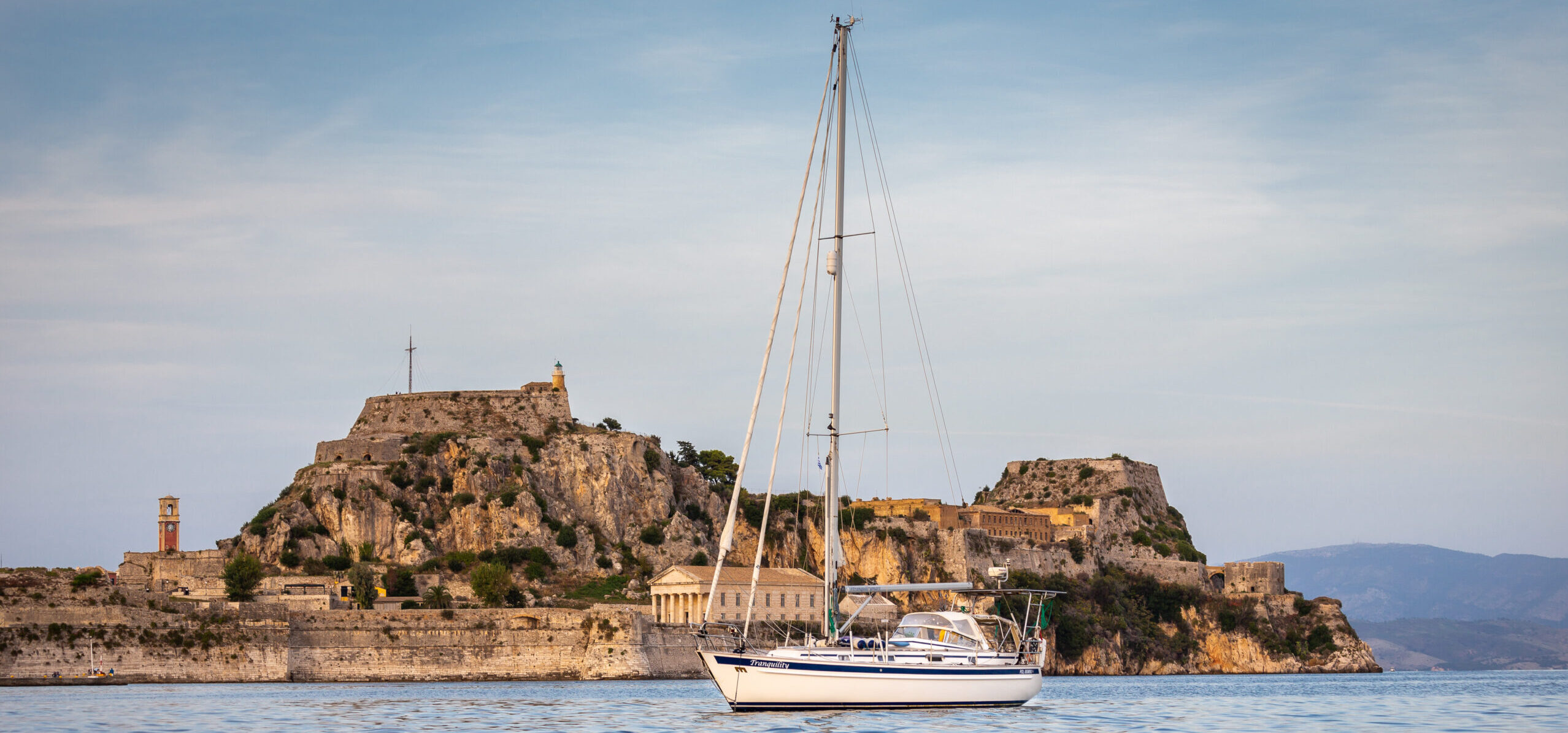
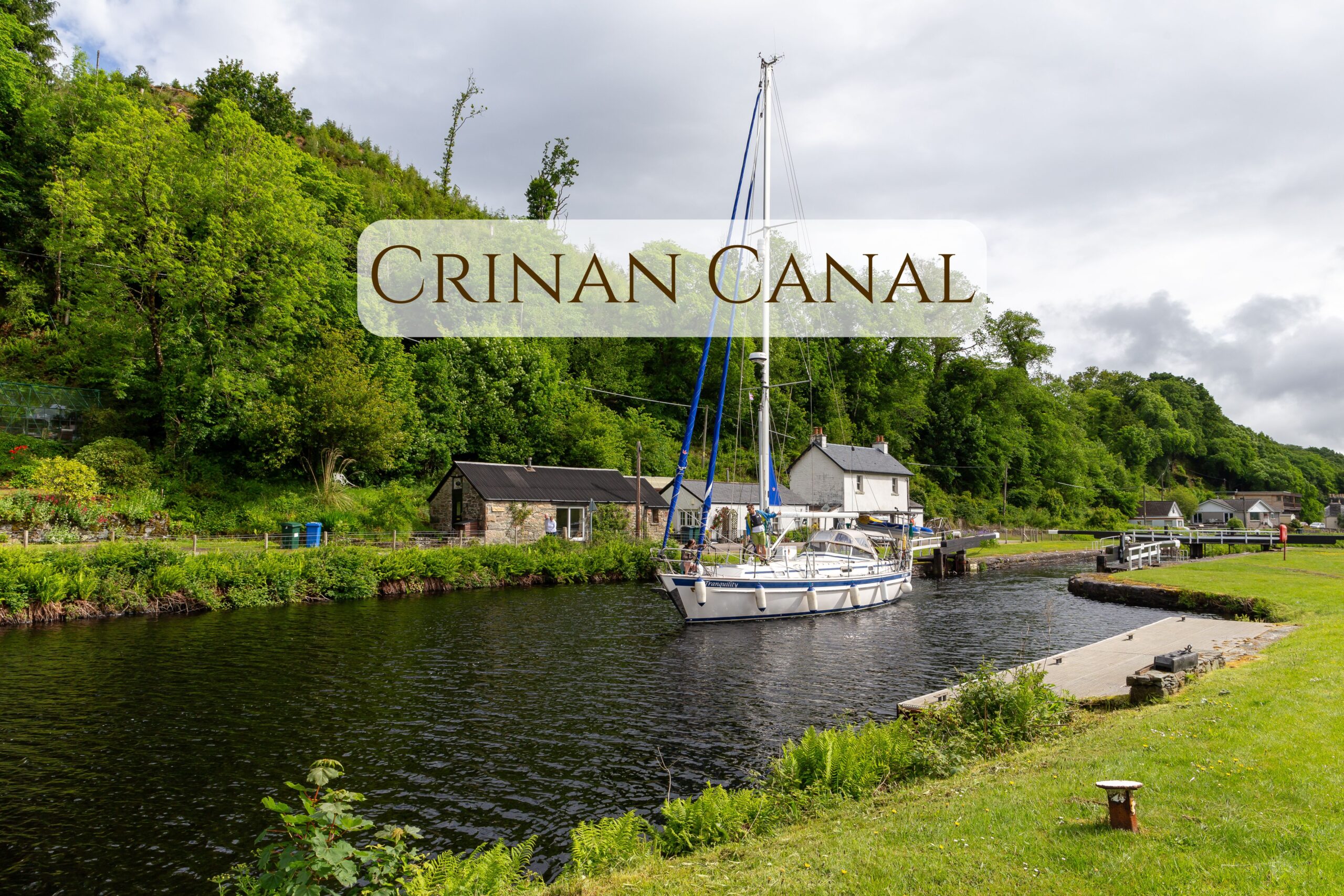
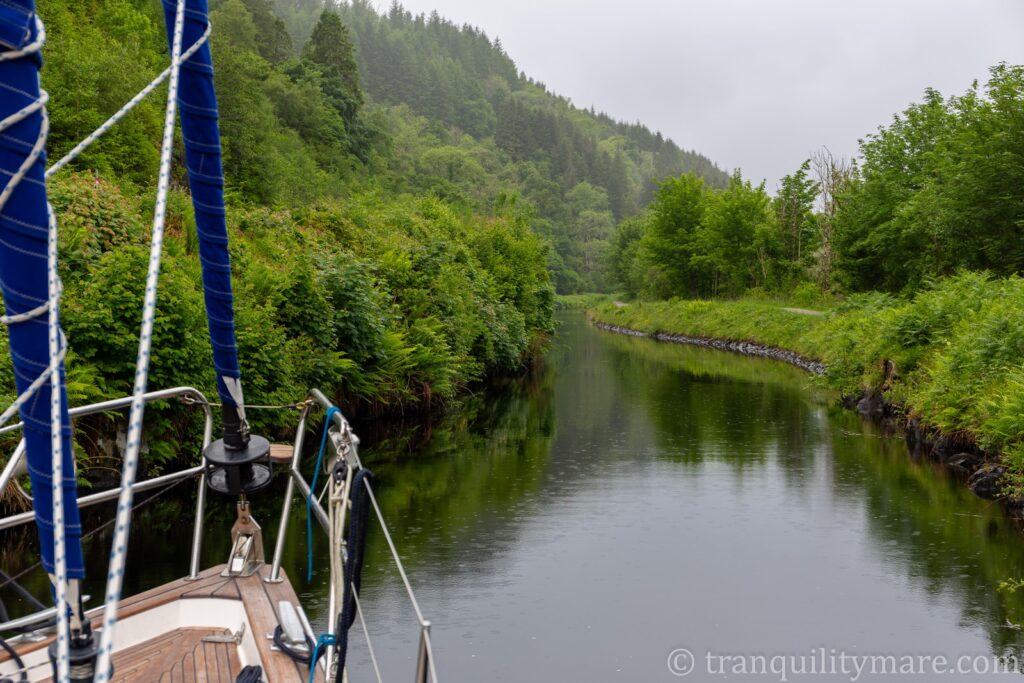
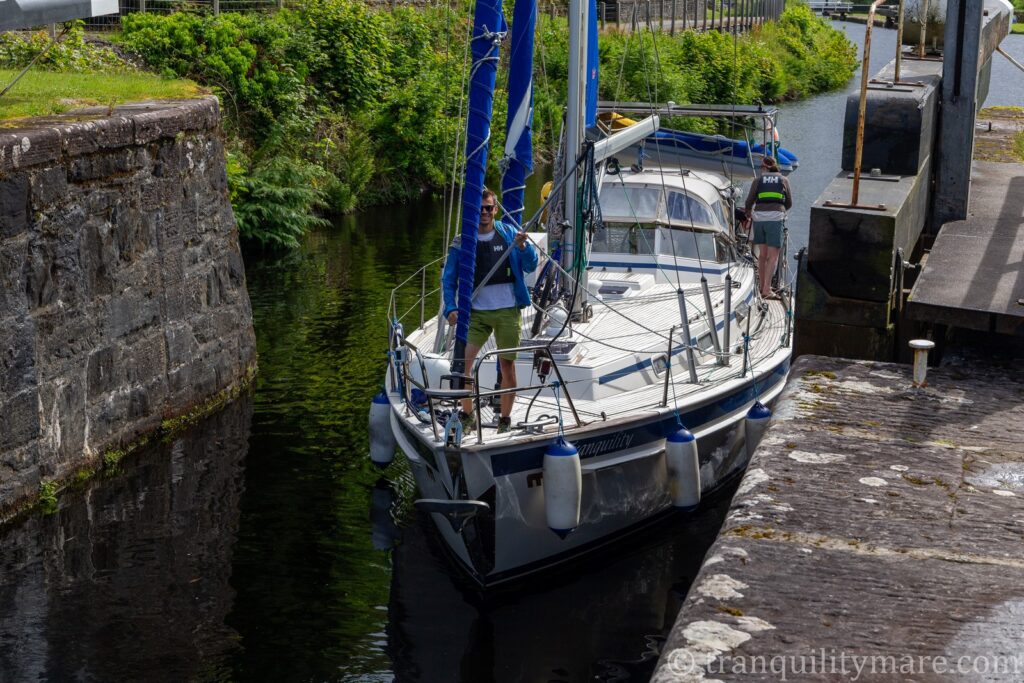
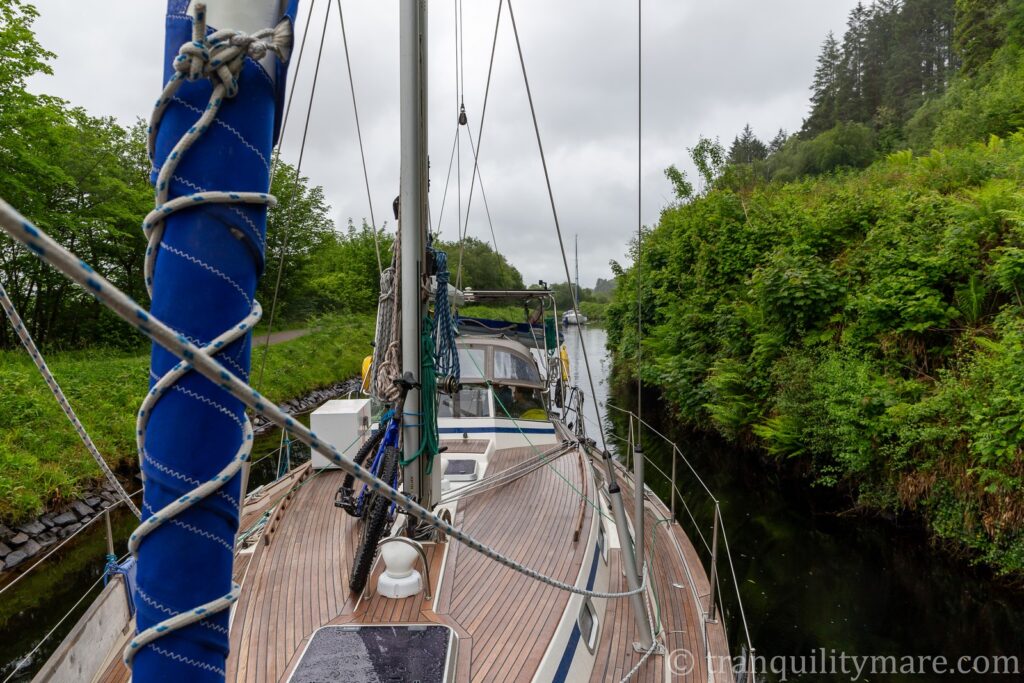
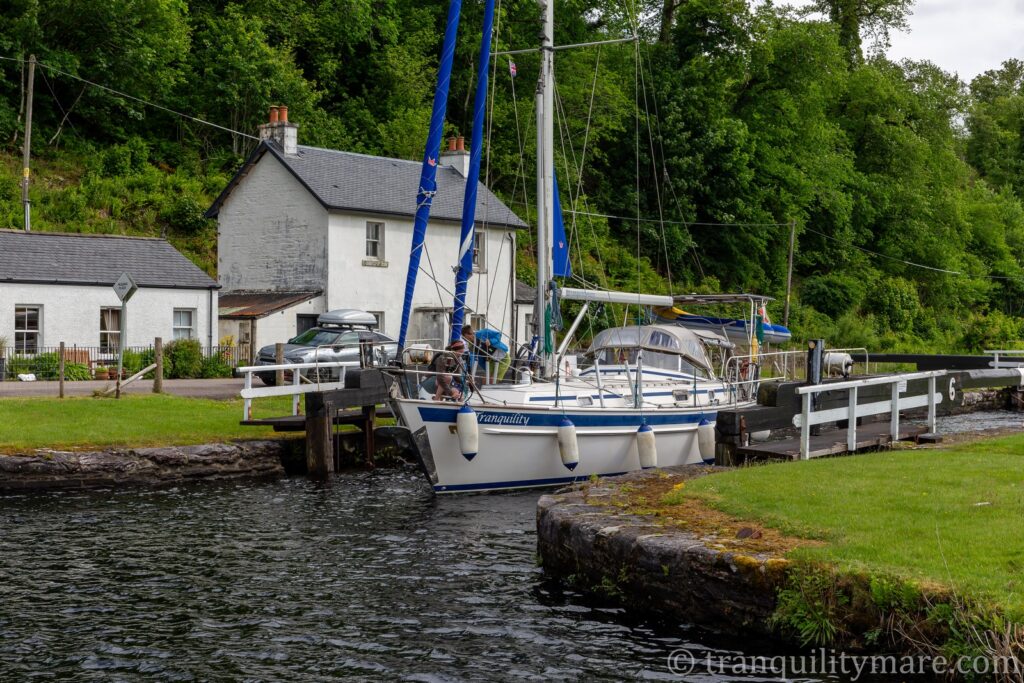
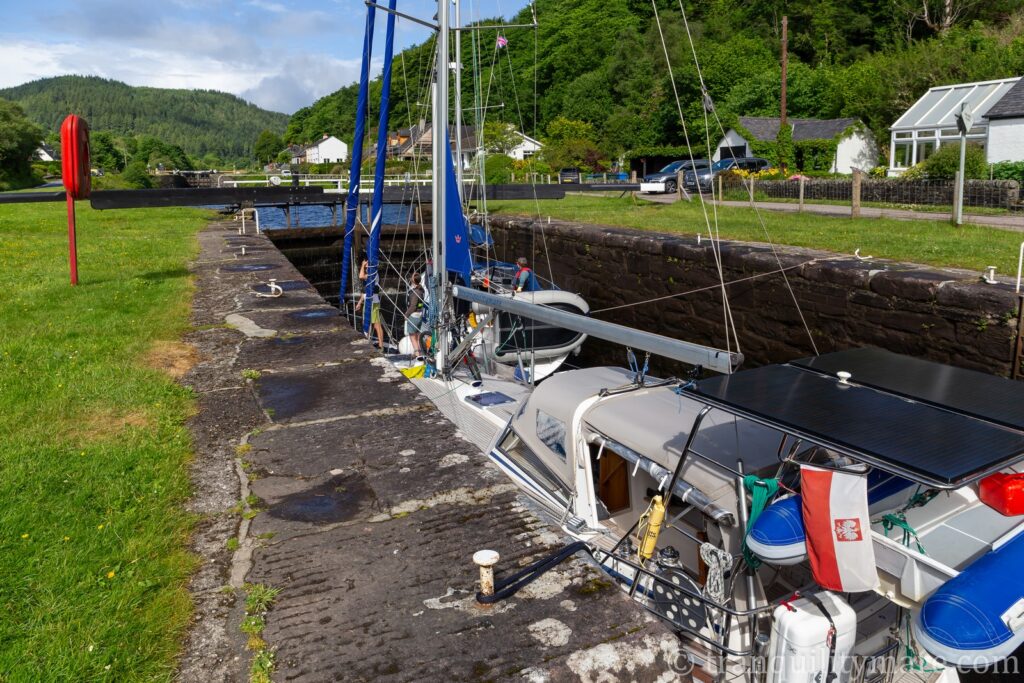
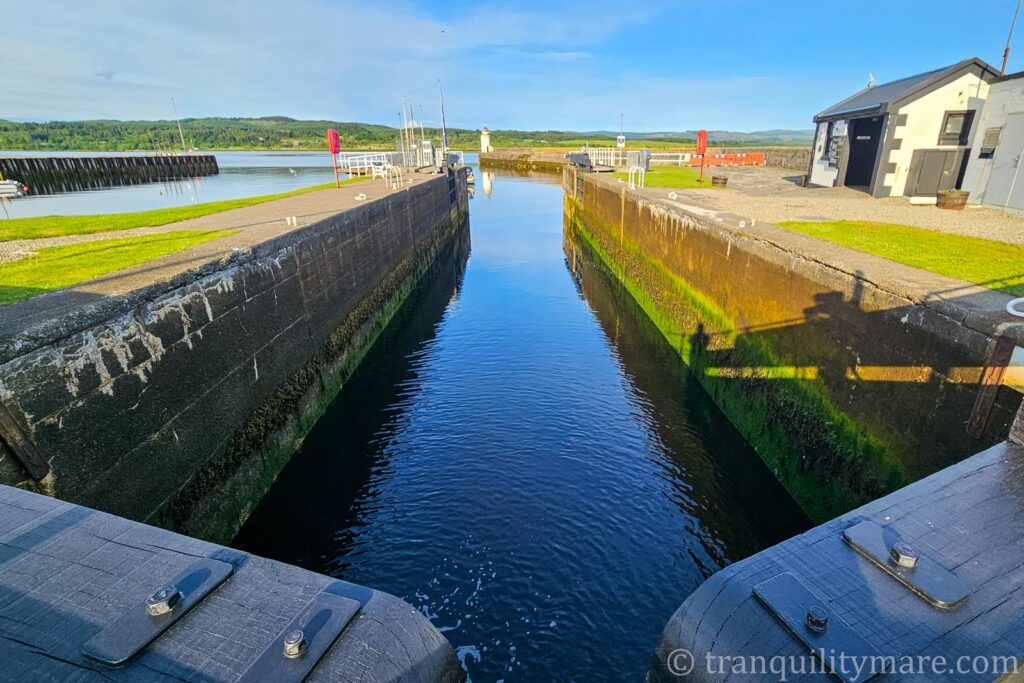
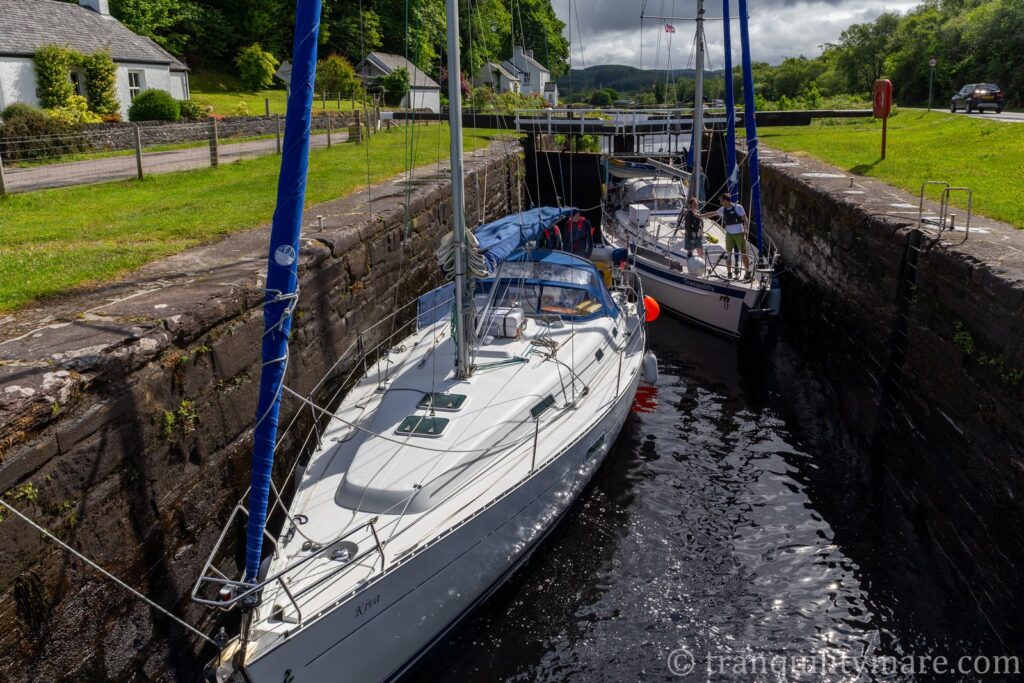
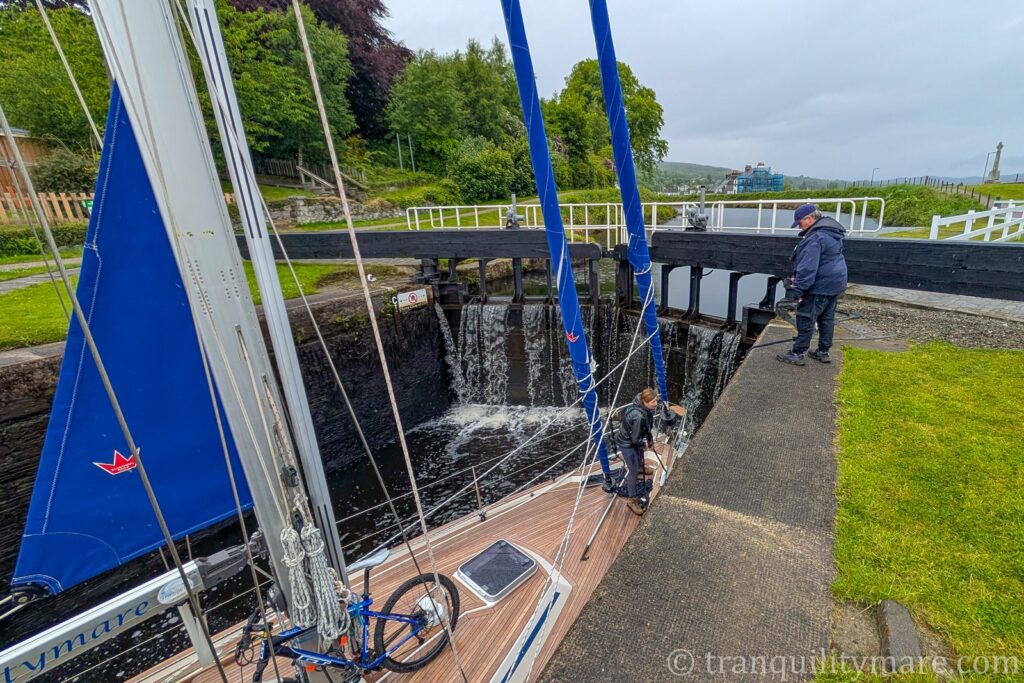
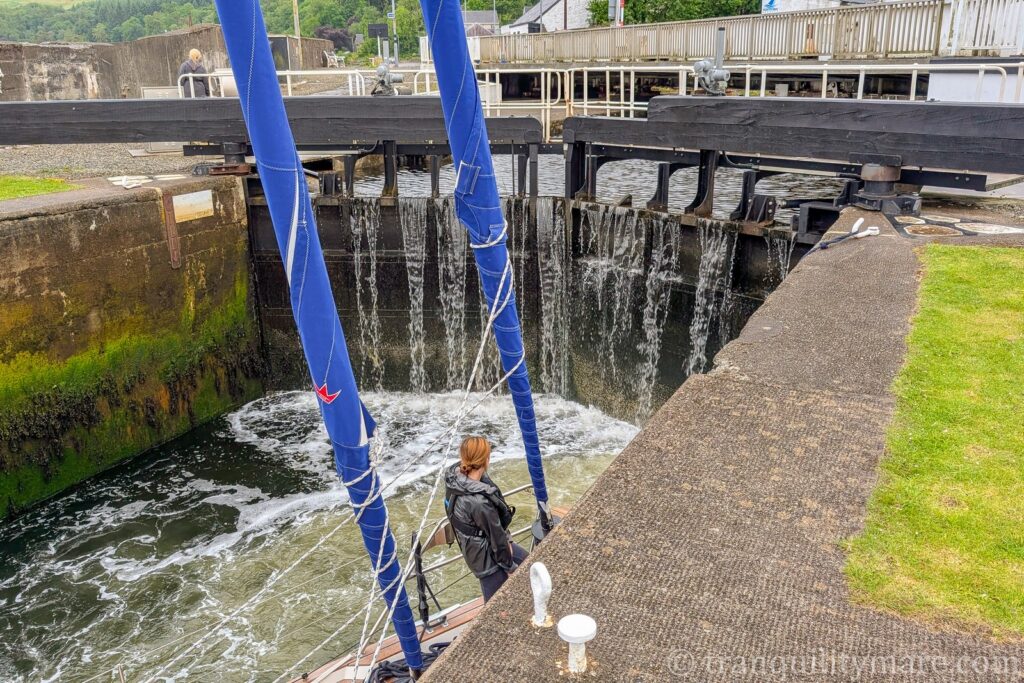
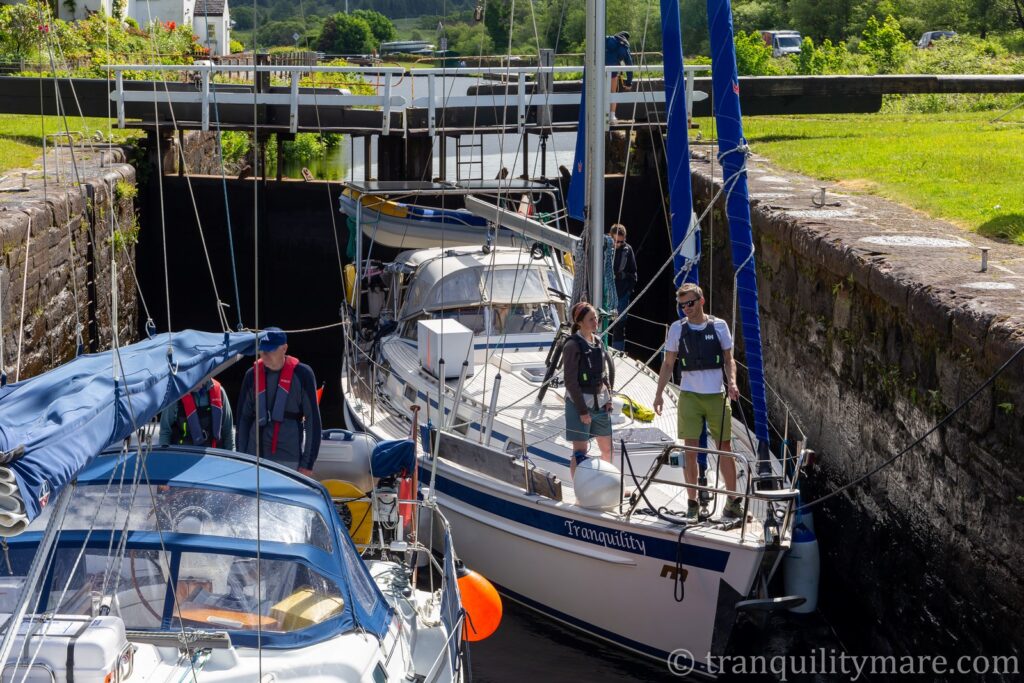
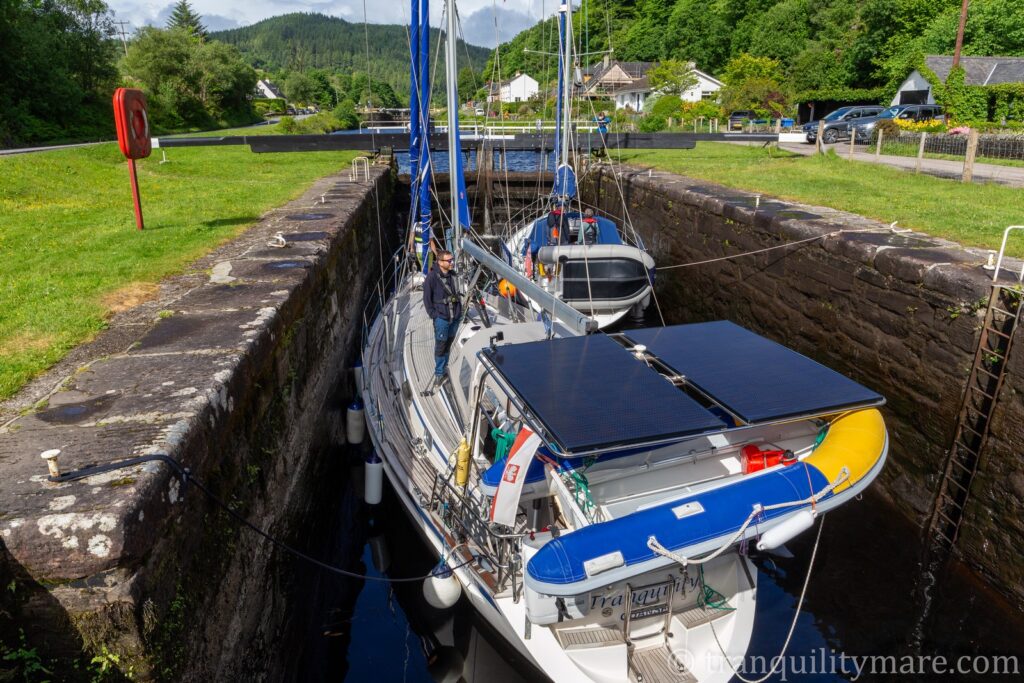
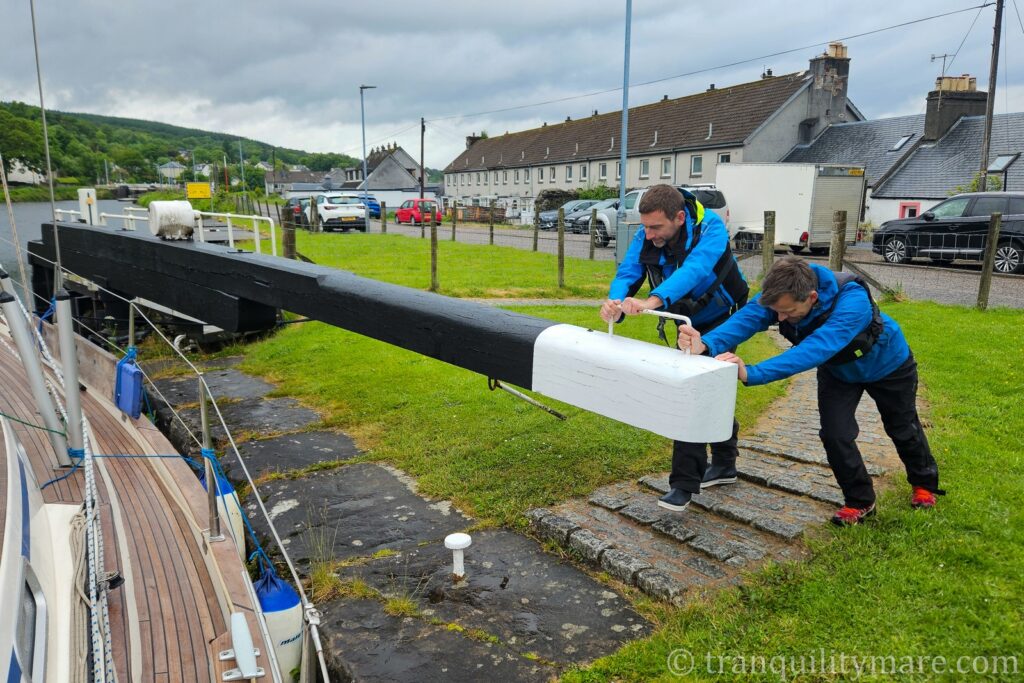
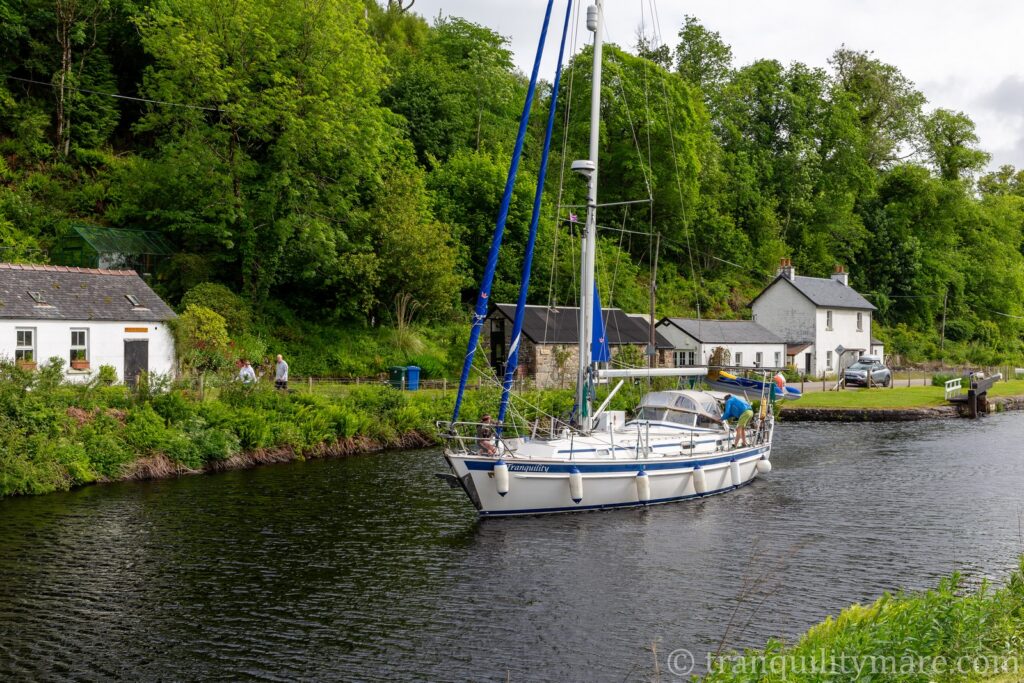
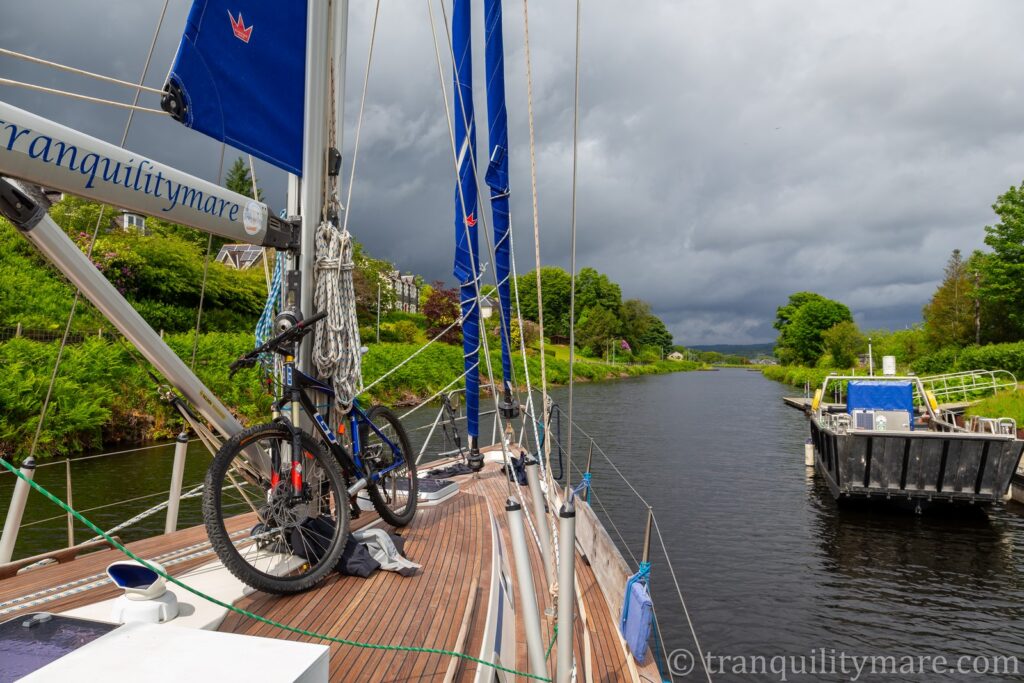
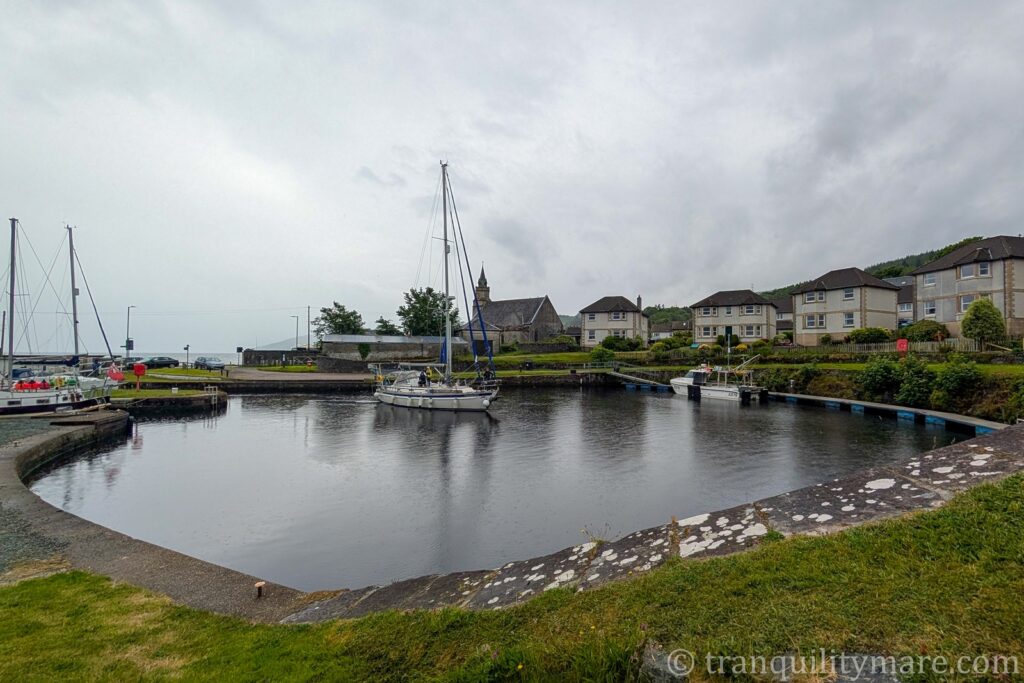
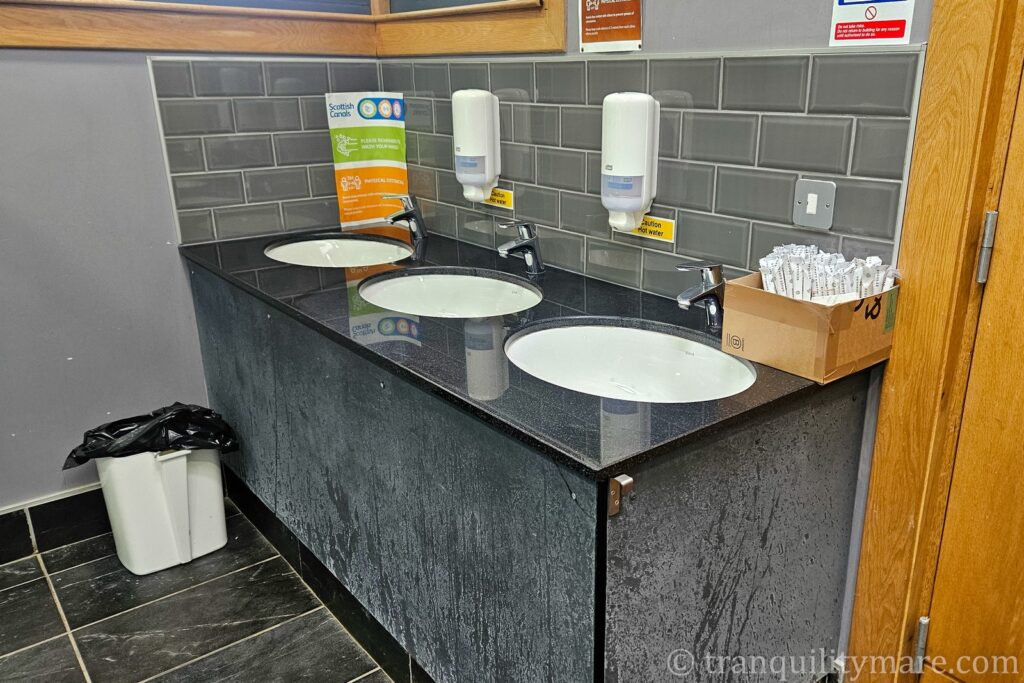
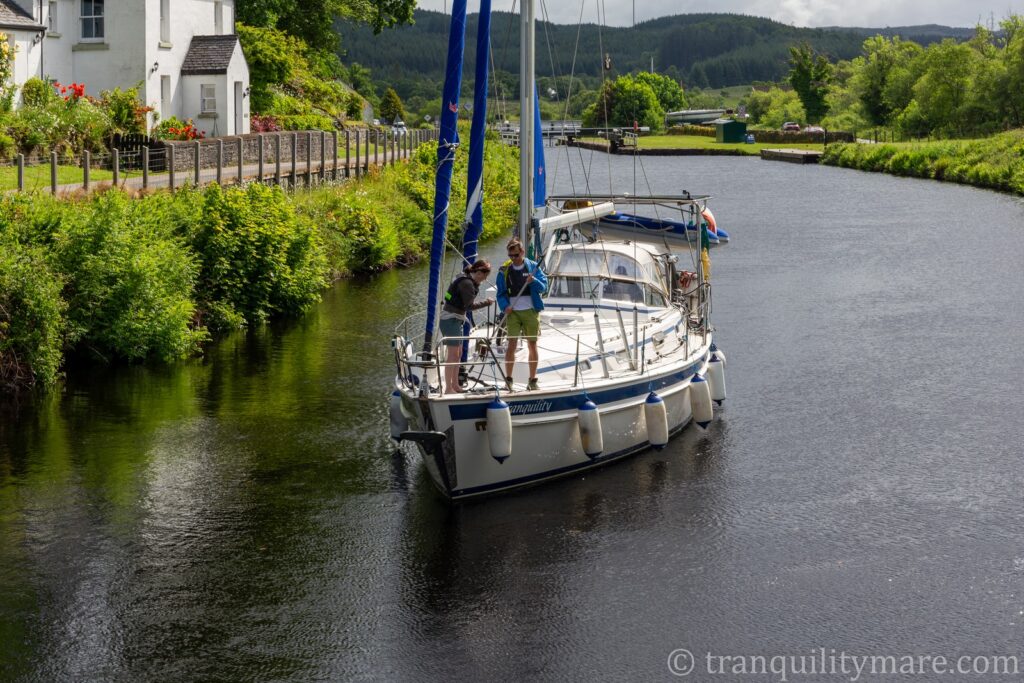
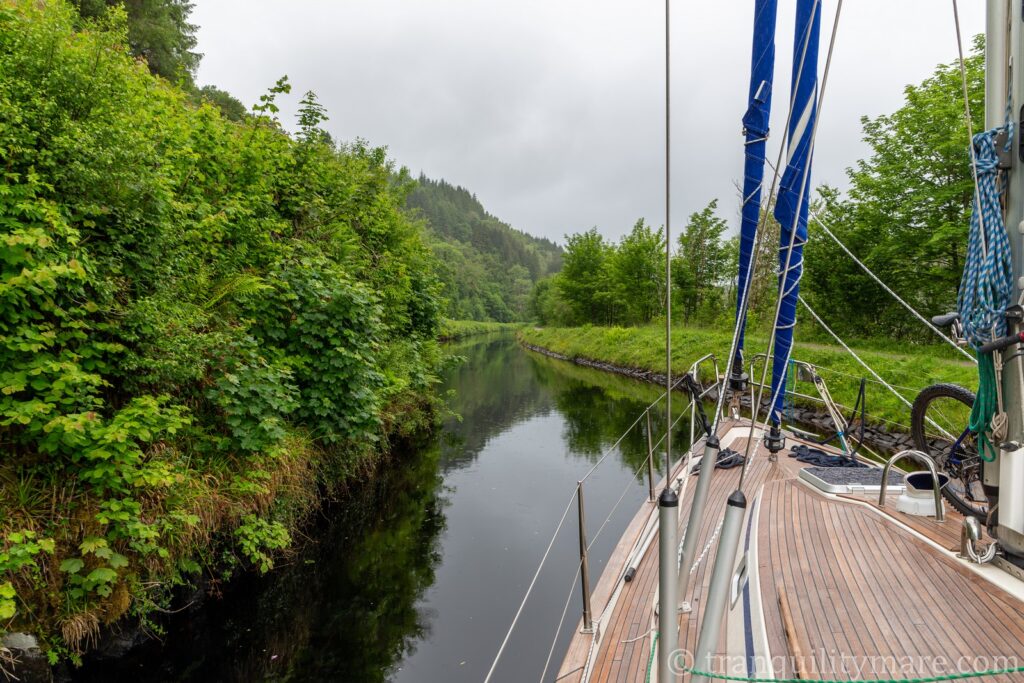
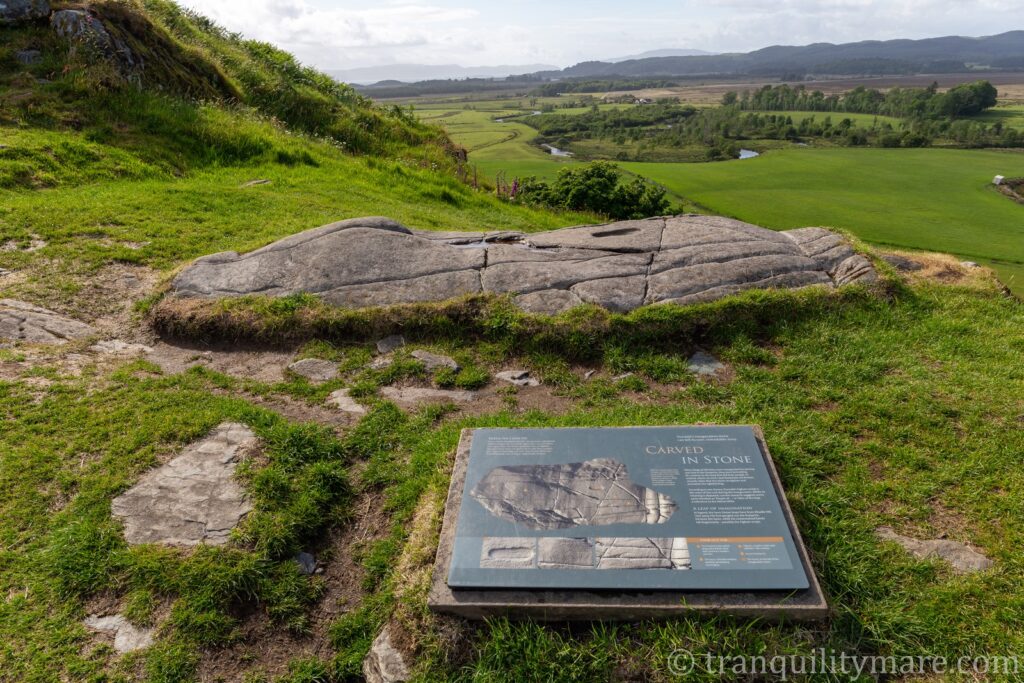


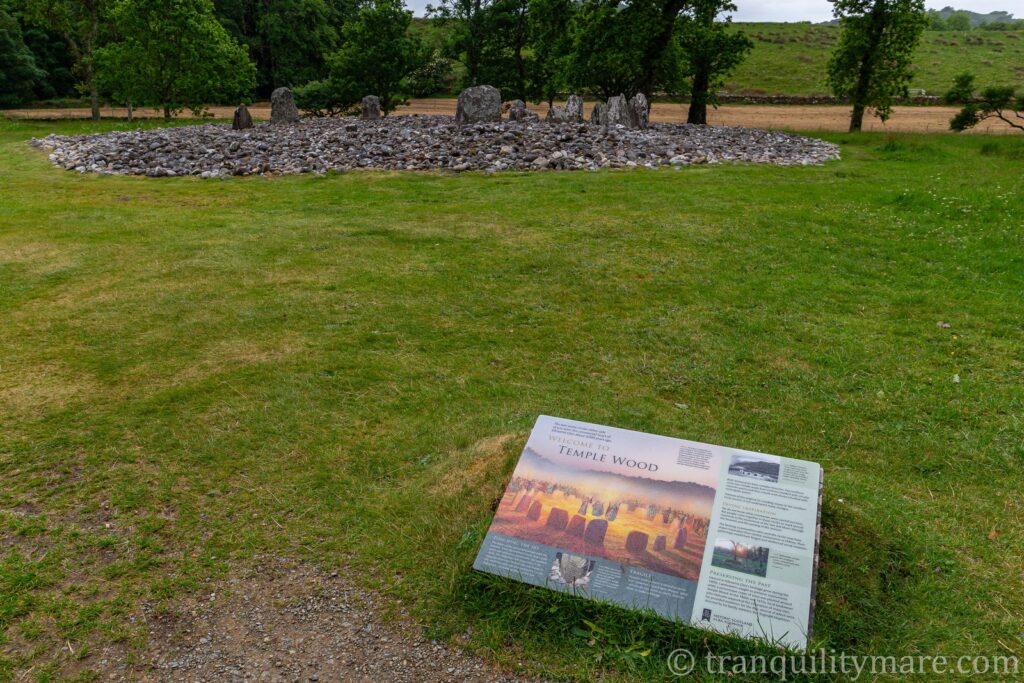
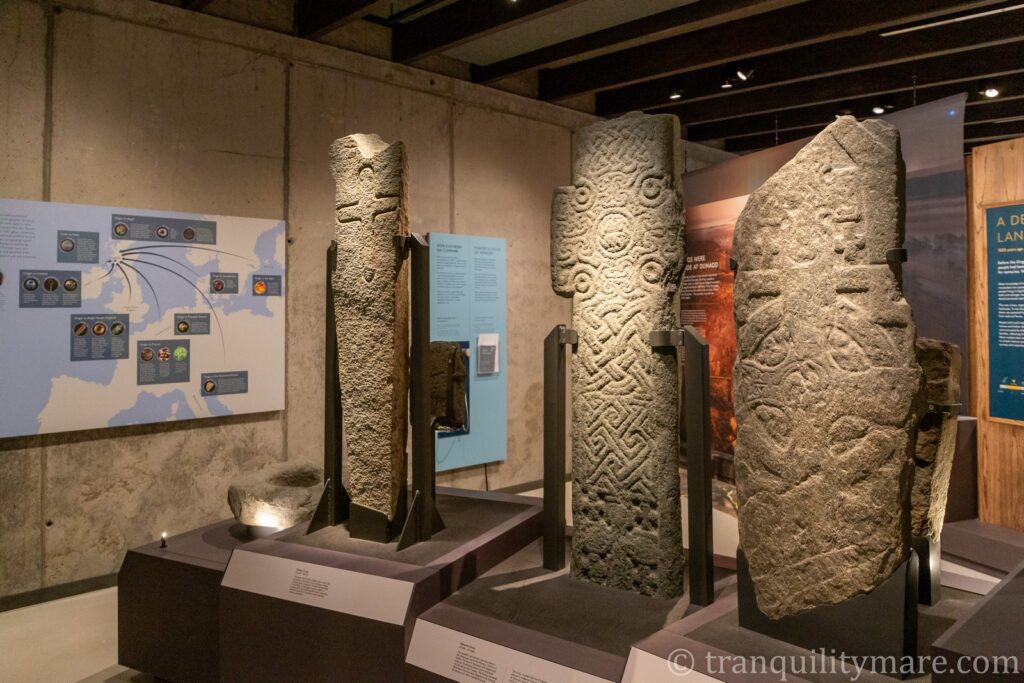
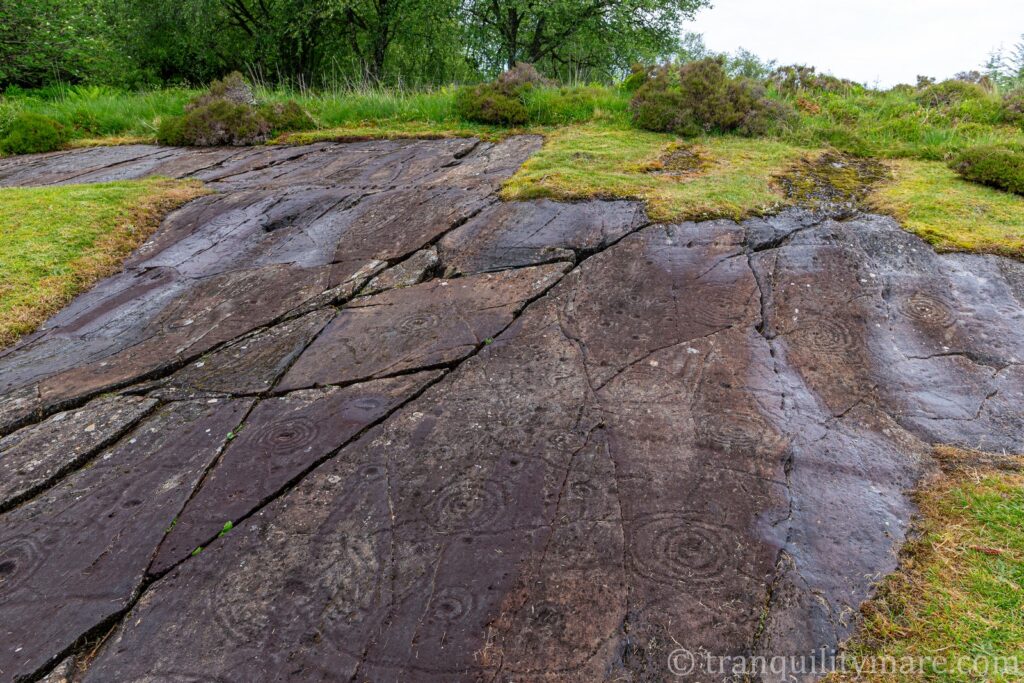
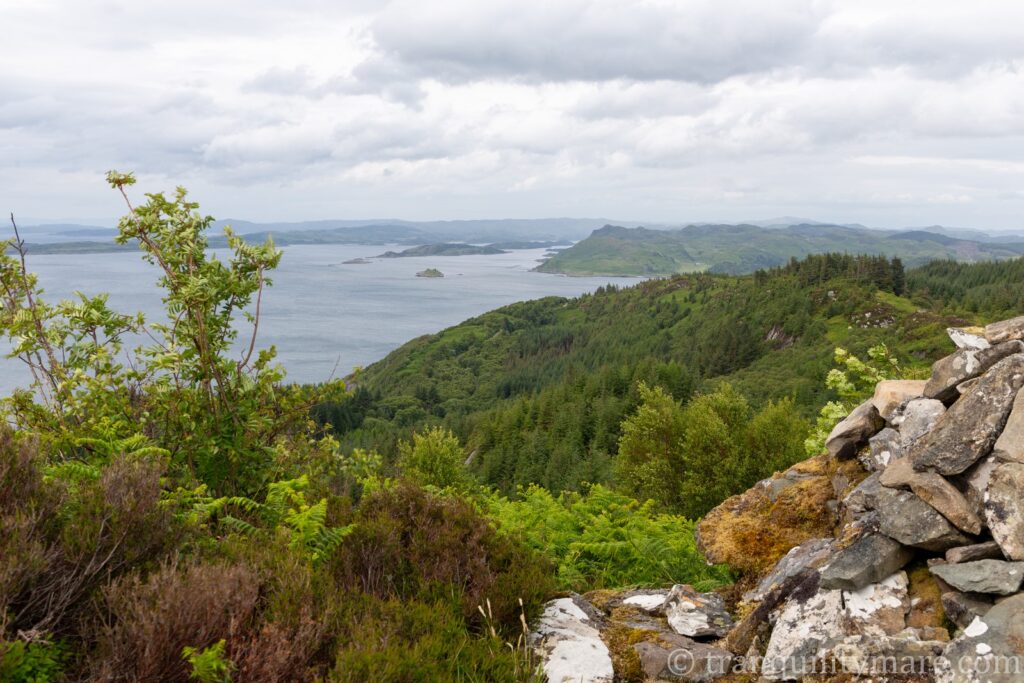
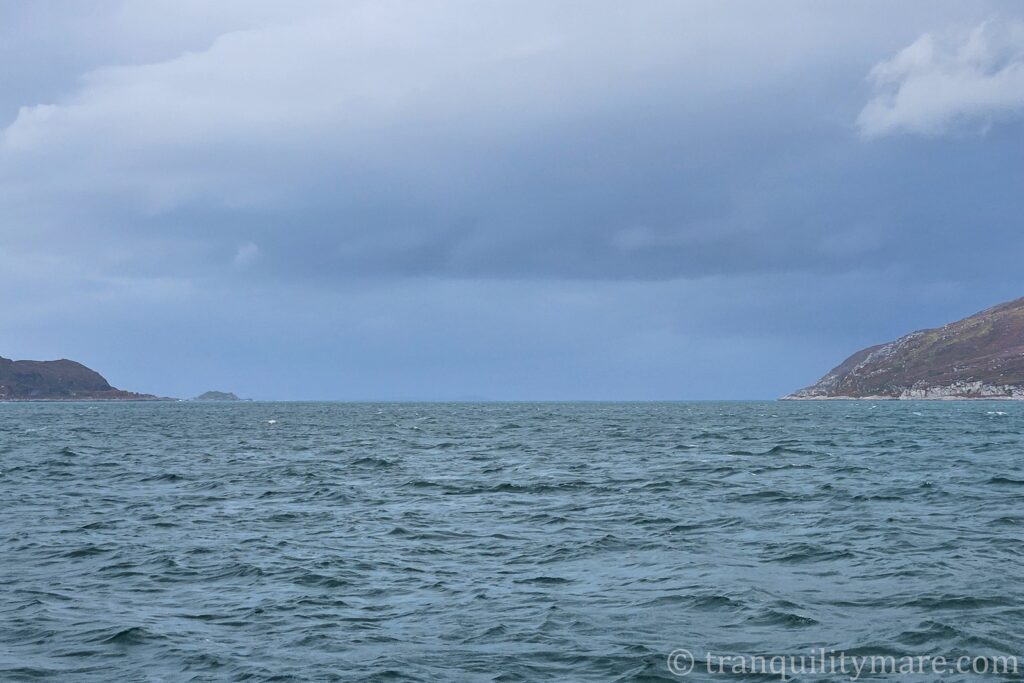
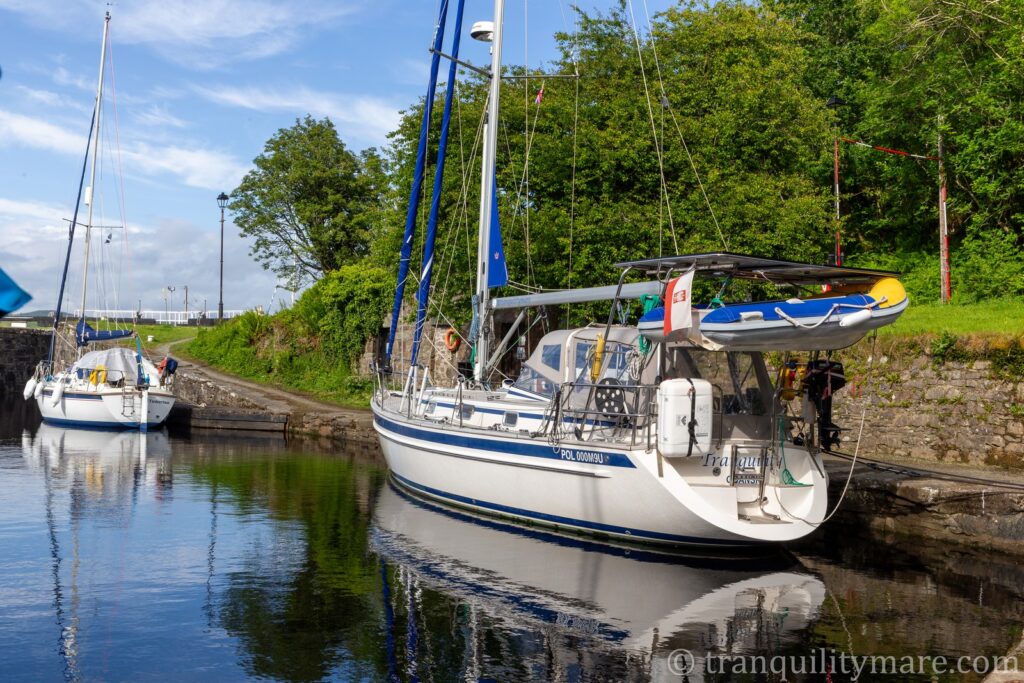
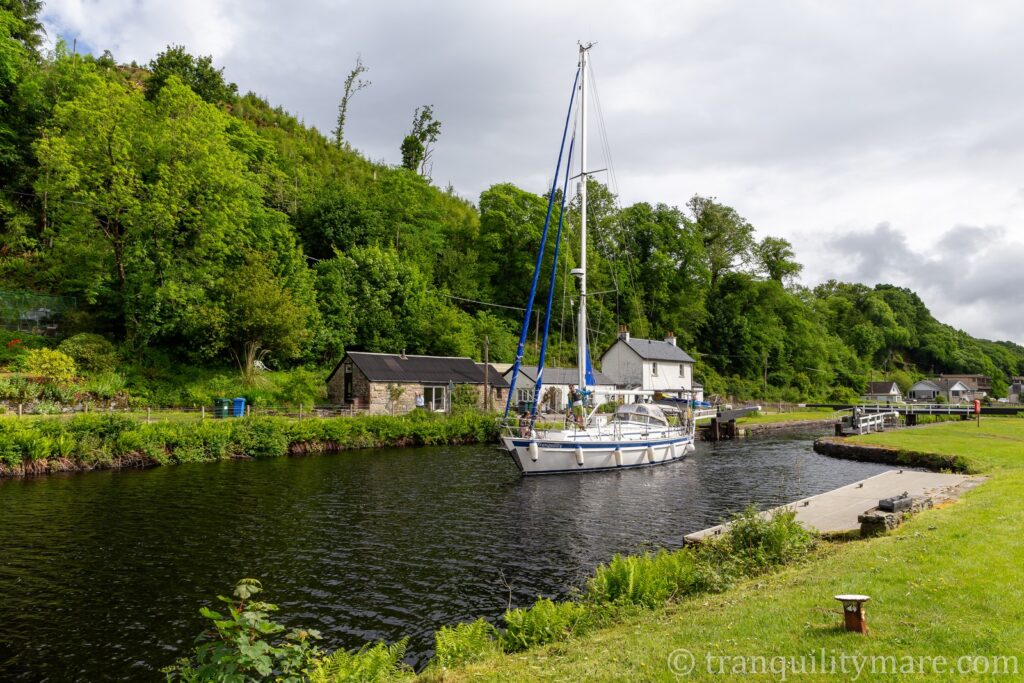



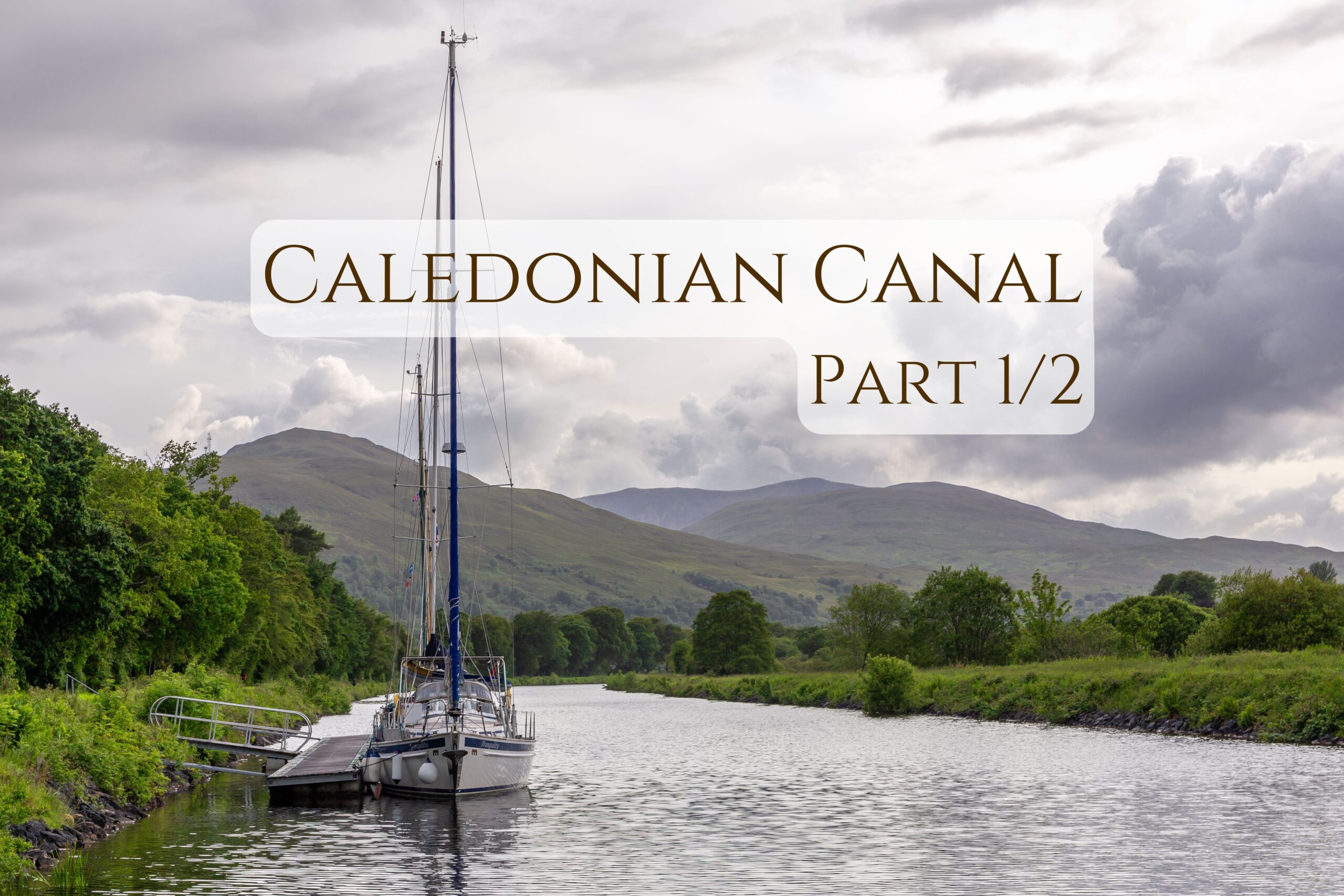
No responses yet